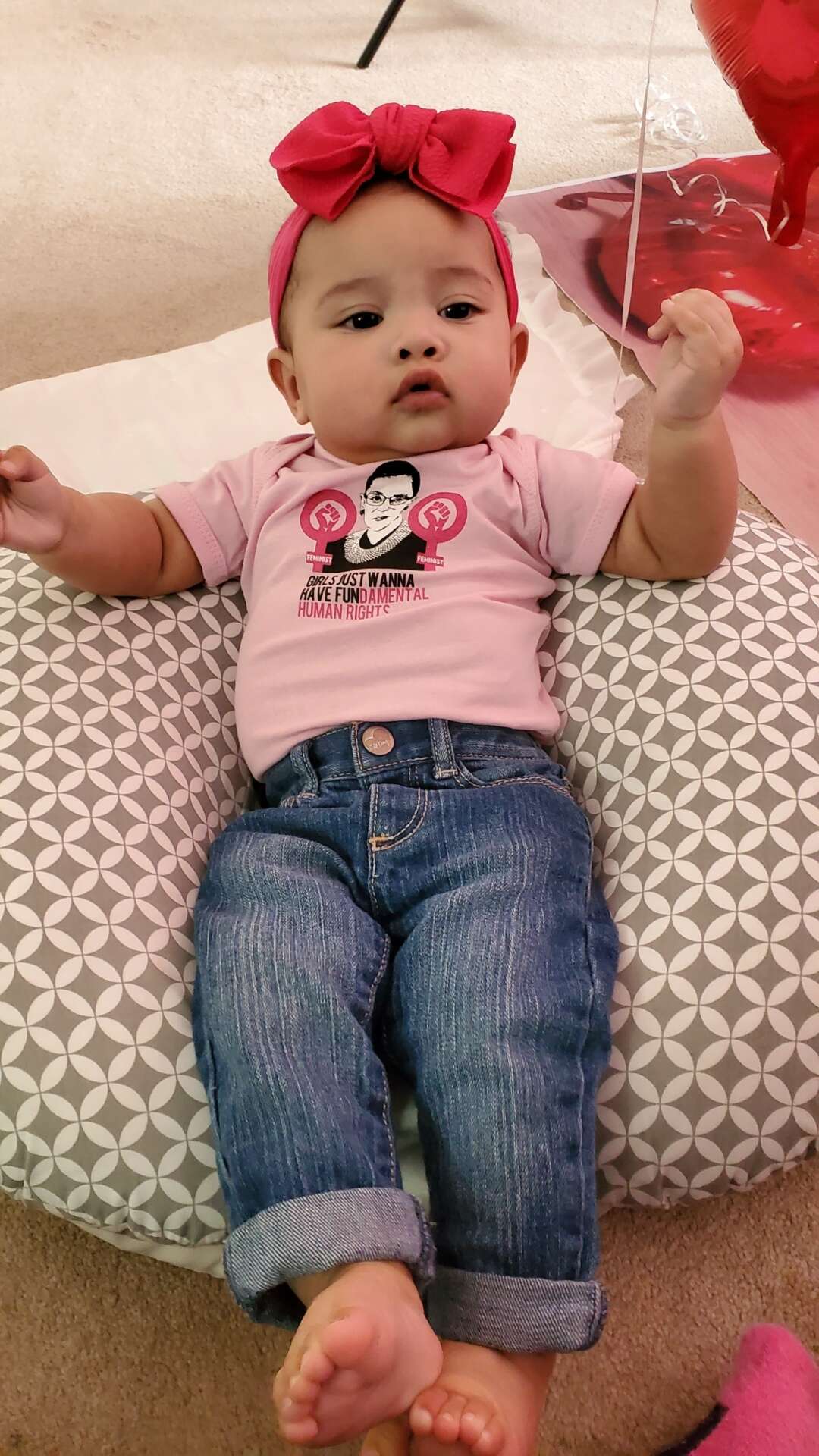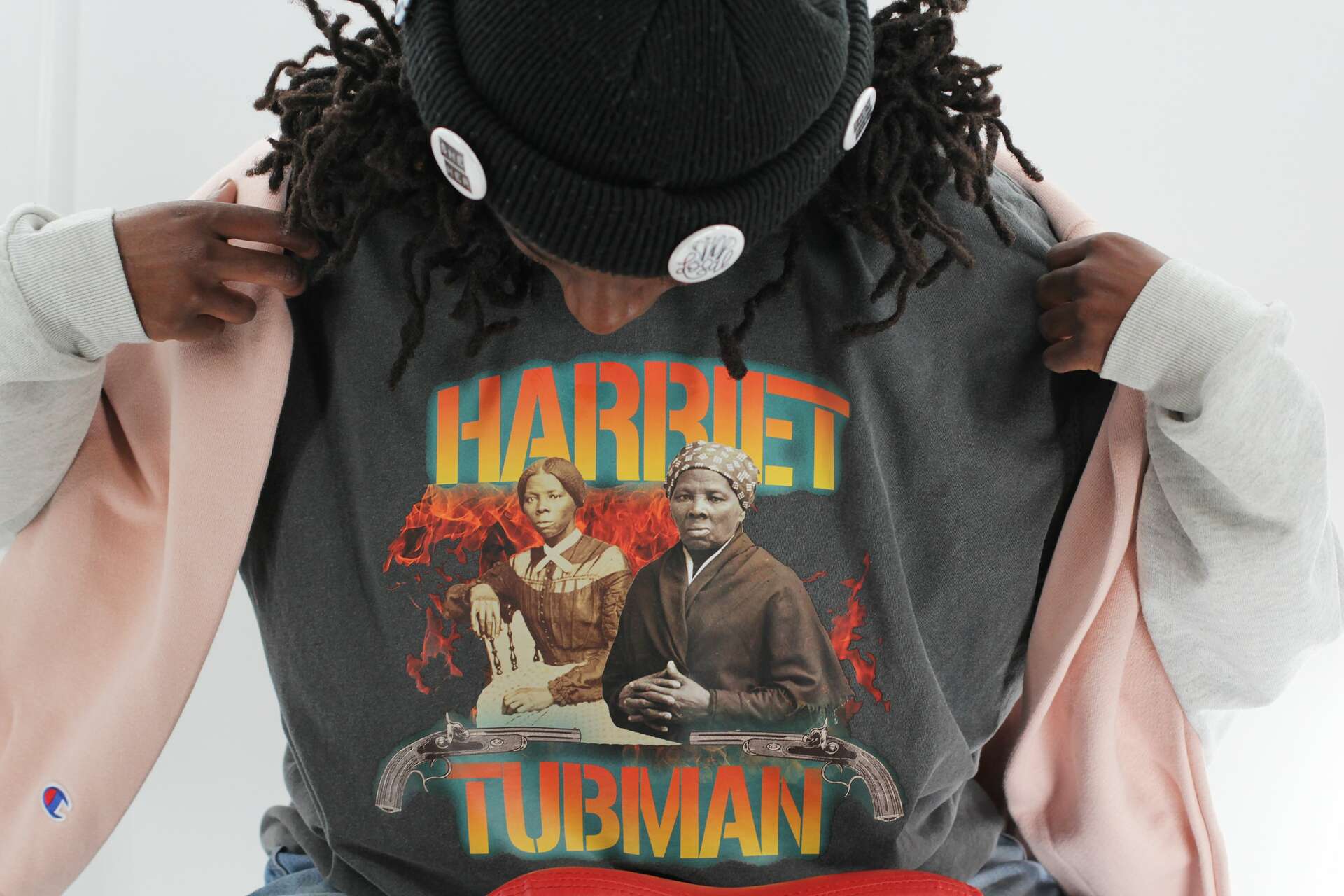We caught up with the brilliant and insightful Bob Albert a few weeks ago and have shared our conversation below.
Hi Bob, thanks for joining us today. So let’s jump to your mission – what’s the backstory behind how you developed the mission that drives your brand?
Our mission has always been to build a bridge through the products we create. I want to start a dialogue between like-minded people a cross generations and through culture and moments in history. The Culture Ref is short for The Culture Reference. Regardless of how you get to a point of reference, you arrive at the same place. We want to create conversations and highlight the stories of figures whose story haven’t been told. The goal is to put a modern spin on history and culture to show that there is a lineage of thought and appreciation that never dies.




Bob, love having you share your insights with us. Before we ask you more questions, maybe you can take a moment to introduce yourself to our readers who might have missed our earlier conversations?
I initially started building what is now my full time business while simultaneously working a full time 9-5 job. It started by just coming up with funny or interesting phrases to put on t-shirts and selling them on Amazon. It took almost a year to sell a single shirt to someone that was beyond friends and family. Gradually sales grew after devoting more time and effort into what really resonated with people. Fast forward to 2019, I get married, we go on our honeymoon and return to work. Exactly one week after returning I’m laid off due to company downsizing. Thankfully I’d been gradually building this side business and decided to take a leap of faith and give it a shot full time.
Within a year, my designs were featured on Buzzfeed and Essence magazine’s website. Celebrities began to buy from my shop, I help design a hoodie for a WNBA player that was worn on draft day and a James Baldwin sticker I designed was featured in The Writer, which is the longest running magazine about writing in history.
What I’ve learned is that the more unique your perspective is the more your work is appreciated. That’s when I decided to delve deeper into my experiences and philosophies to create designs and tell stories. What I put out is a culmination of my interests and beliefs combined with the skillsets that I’ve learned from the various industries I’ve worked in. Having a customer write me to say that her 8 year old daughter gave a speech to her class about activist and educator Angela Davis wearing the shirt I designed with her image on it. For me that means: mission accomplished.
Do you sell on your site, or do you use a platform like Amazon, Etsy, Cratejoy, etc?
I’ve sold on multiple platforms. Understanding what each platform provides and the demographic of the customers has been key in figuring out what to sell on each one. The Amazon customer I would say is the broad “greater America” customer. They’re looking for a good deal and fast shipping. People go on Amazon to get t-shirts for the family vacation along with a quick cell phone case cover to replace the one that just broke. If you’re looking to sell a high end detailed shirt that you sewed by hand, you’re probably in the wrong place. But I’ve recently gotten accepted into the Amazon Black Business Accelerator Program and looking forward to seeing what help it provides.
Etsy is the place where your unique creativity is appreciated. People go on Etsy specifically to find one of a kind items and are more likely to browse for it there. Etsy’s customers are also willing to pay for quality and you’re able to create a dialogue and communicate with them. I’ve gotten many celebrity customers through Etsy as well as some international customers. The fees have increased quite a bit over the years which is not fun.
I also sell on my own stand alone website, which is great because you have total control over it and you can build your email list to communicate with your customers. The biggest challenge has been driving your own traffic to your website. Being active on social media has been helpful in that regard. I try to produce and create original content around my interests in art, history and culture which often brings new people to check out my shop.




Can you talk to us about manufacturing? How’d you figure it all out? We’d love to hear the story.
Over the years I’ve learned more and more about manufacturing and the logistics of getting items to customers. I work both with partners to produce some of our products as well as creating some at home. It’s been a combination of learning from research online, YouTubers sharing their stories and reviews of manufacturers as well as speaking with my peers and mentors. I’ve bought a heat press machine to press graphic shirts myself. It’s good because you have more control over the products you use although you have to learn the ropes of keeping inventory, shipping supplies etc. One of the biggest lessons I’ve learned is to always think ahead. If you’re constantly working in the moment you will always be scrambling to get something you need. It’s best to get samples before you’re needed to produce a large quantity of items.
Contact Info:
- Website: www.thecultureref.com
- Instagram: https://www.instagram.com/thecultureref
- Facebook: https://www.facebook.com/TheCultureRef
- Linkedin: https://www.linkedin.com/in/balbert3/
- Twitter: https://twitter.com/TheCultureRef
- Youtube: https://www.youtube.com/channel/UCi2RKyREendkMzGxawl4DSg
Image Credits
Images courtesy of The Culture Ref


